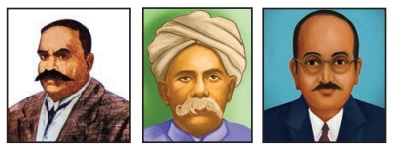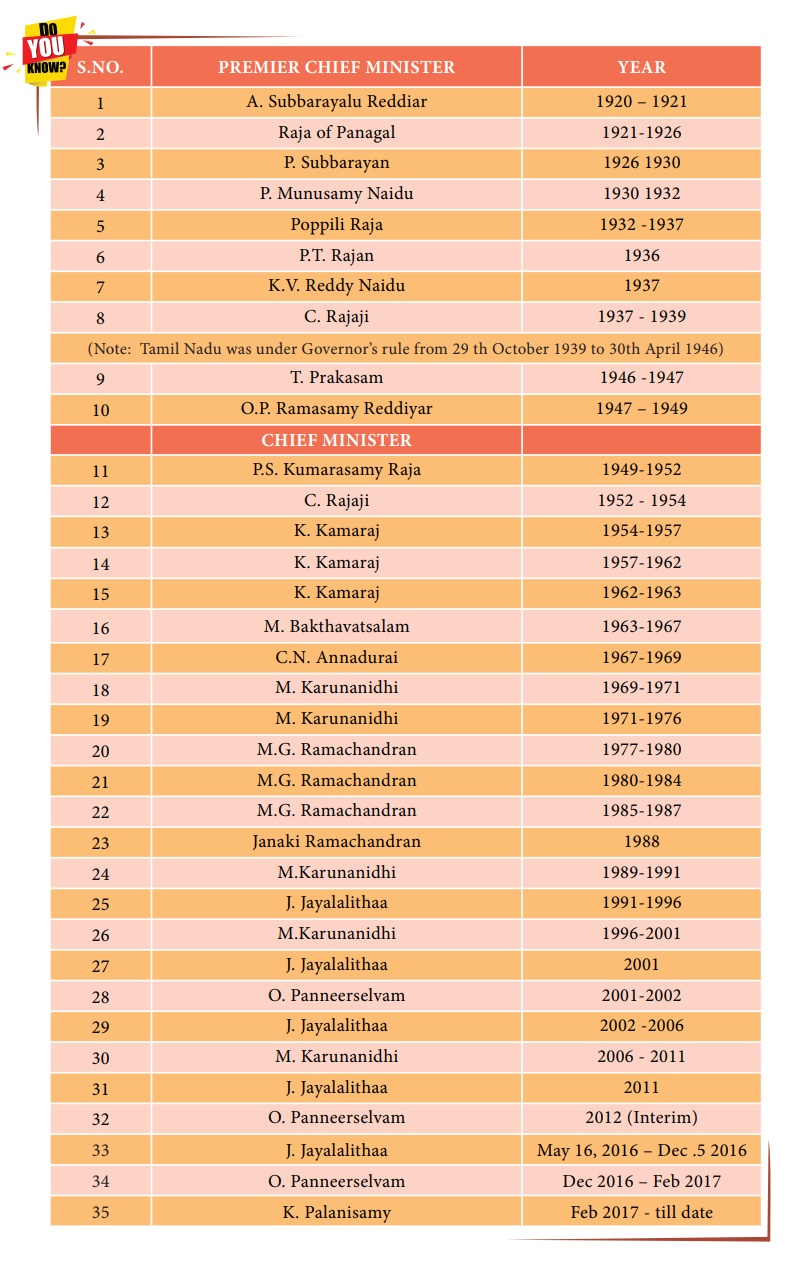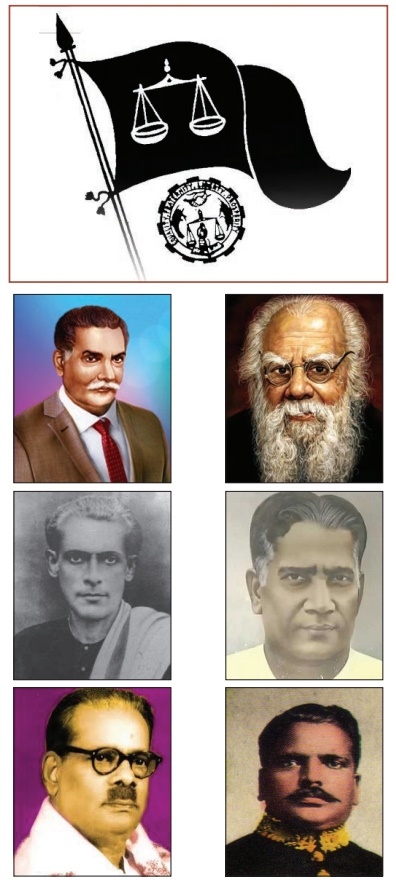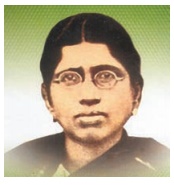Justice Party
The major political organization of that time, Indian National Congress was dominated by Brahmins had refused to consider the demands of non-brahmin members. Thus the non-brahmin leaders of Madras Presidency began to think of floating a non-brahmin political organization. The prospects of political reforms after the First World War, and the possibilities of representing institutions stimulated their move.

In 1916 Dr.T.M. Nair, Pitti Theagarayar and Dr.C. Natesan founded the South Indian Liberal Federation to promote and safeguard the socio-economic political interests of the non-brahmin. This South Indian Liberal Federation (SILF) came to be popularly known as the “Justice Party” named after the English journal Justice. Through their relentless efforts they secured reservation of seats for the non-brahmin in the elections to the legislative council.

The main objectives of the Justice Party (JP)
i) To create and promote the Educational, Social, Economic, Political and material progress of all communities other than Brahmins of South India.
ii) To work for Non-Brahmins upliftment through Constitutional government.
iii) To make the government truly a representative government.
iv) To create public opinion infavour of Non-Brahmins demand.

Montagu Chelmsford reforms 1919 introduced dyarchy in the presidencies by which a few departments were earmarked for Indian ministers chosen from the elected members. In the first elections under dyarchy in 1920, the Indian National Congress as a part of the Non-Co-operation Movement boycotted the elections, but many congressmen contested the elections under different banners.
The Justice Party won majority of the seats and A.Subbarayalu became the Chief Minister and after his death, Raja of Panagal became the Chief Minister of Madras in 1921.

Contributions of Justice Party
In spite of the fluctuating fortunes in the subsequent elections, the Justice party continued to hold power from 1921 to 1937. They introduced a number of reforms. Through communal Government Order they ensured adequate number of opportunities to every category of non-brahmin communities. They removed discrimination against Sudras and Panchamas in public roads, transports, restaurants and public wells. They regulated the temple affairs through the newly constituted Hindu Religious Endowment Board, earmarked plots of land for the Panchamas (Panchami’s Land) introduced new township and industrial estates. Special efforts were taken to provide education for the children of depressed classess. For the first time they experimented with “Noon Meal Scheme” in a few schools. Knowledge of Sanskrit as the basic eligibility for medical education was removed which facilitated non-brahmin students gaining entry into medical education. On an initiative from Dr. Muthulakshmi and others, Devadasi system was abolished in Tami nadu and women were enfranchised. Co-operative societies were promoted. Mirasdari system was abolished, and a number of irrigation schemes were introduced in 1923.

Annamalai University and Andhra University were founded during their regime. It was the Justice Party which provided the most successful government though they were assigned only a few departments.














